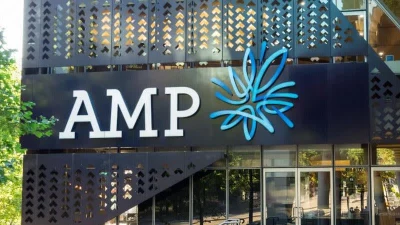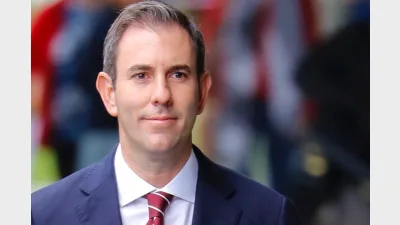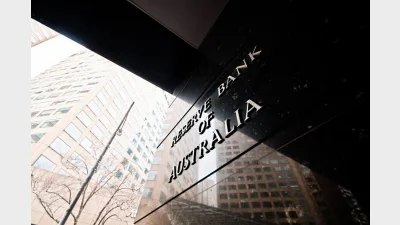(July-2003) Abolish surcharge: study
The Government may have failed to get a proposed reduction in the superannuation surcharge passed through Parliament last month, but according to an academic study, the entire tax should be abolished at the earliest opportunity.
Research from Associate Professor Jeff Pope of Perth’s University of Technology concludes that the superannuation surcharge tax (SST) is inefficient, unfair, expensive, and lacks transparency.
The main disadvantage of the SST, according to the study, is that it is a hidden tax, with major effects on marginal tax rates.
Legal liability for the charge rests with the holder of contributions subject to the surcharge, and since these are not paid with other taxable income, members may not realise that their marginal tax rates have risen. For example, taxpayers’ highest marginal rates can increase from 48.5 per cent to 67.6 per cent for incomes ranging between $65,720 and $79,802 when 24 per cent is paid to their super.
The findings are based on a survey of 40 super funds selected from the largest 300 funds, with respondents accounting for around four per cent of total fund assets in Australia.
The study also found that hidden tax compliance costs are not only high, around $76 million for 2000-01, or 11 per cent of SST revenue of $699 million, but are nearly always borne by all fund members, not just those that attract SST.
Professor Pope’s conclusion that the SST should be abolished is shared by others in the super industry.
Michael Delaney, fund secretary of the Motor Trades Association of Australia Superannuation Fund, says: “I’m not sure which is the most perturbing finding: that this largely hidden tax is regressive and appears to defeat the primary purpose of its introduction; that the cost to fund members in collecting this tax on behalf of the Government is significantly higher than almost any other tax; or that many Australians have taken steps to reduce their superannuation savings because of the surcharge.”
Recommended for you
Super trustees need to be prepared for the potential that the AI rise could cause billions of assets to shift in superannuation, according to an academic from the University of Technology Sydney.
AMP’s superannuation business has returned to outflows in the third quarter of 2025 after reporting its first positive cash flow since 2017 last quarter.
The major changes to the proposed $3 million super tax legislation have been welcomed across the superannuation industry.
In holding the cash rate steady in September, the RBA has judged that policy remains restrictive even as housing and credit growth gather pace.









